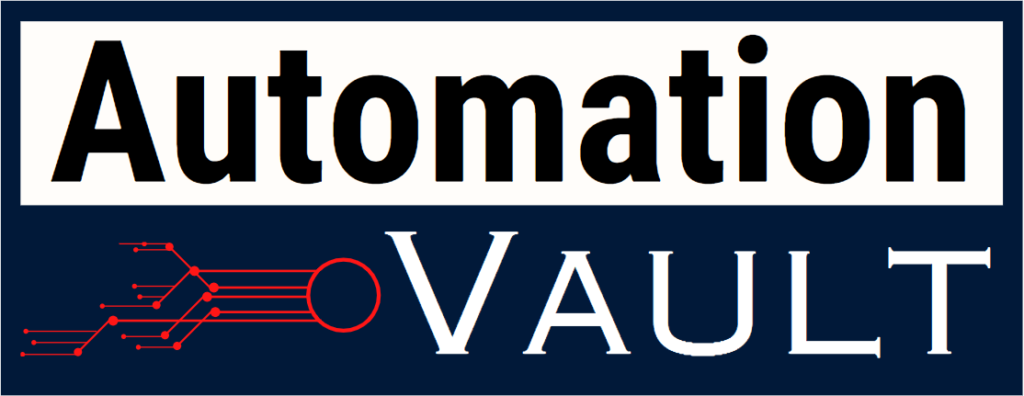It’s the end of December 2023, and as we stand on the precipice of a new year, one theme loudly echoes from the past 12 months: Generative AI. This year, more than ever, the world witnessed the transformative power of AI systems that not only analyze and interpret information but actively create it. From breathtakingly realistic images to engaging prose and even functional code, generative AI has blurred the lines between human and machine creativity, leaving us captivated and, perhaps, a little bit bewildered.
Breaking Down the Barriers:
Generative AI builds upon the foundational work of traditional AI techniques like machine learning and neural networks. However, what sets it apart can go beyond pattern recognition and prediction. Generative models learn the underlying structures and relationships within data, allowing them to produce entirely new outputs—outputs that mimic or even surpass human-created content.
This year, we saw significant advancements in various areas of generative AI:
- Image Generation: Models like DALL-E 2 and Midjourney captivated the world with their ability to generate photorealistic images from mere text prompts. Imagine typing “a cat wearing a top hat riding a Vespa through a lavender field” and seeing that fantastical scene come to life in stunning detail. This opened doors for artistic expression, product design, and even medical imaging simulations.
- Text Generation: AI-powered writing tools like Jasper and ShortlyAI gained traction, offering assistance with everything from blog posts and marketing copy to creative fiction and even poetry. While concerns about plagiarism and lack of originality remain, these tools demonstrate the potential for AI to augment human writing workflows and potentially democratize access to creative expression.
- Code Generation: GitHub Copilot and Tabnine became trusted companions for developers, suggesting lines of code and completing functions, significantly boosting coding efficiency and potentially helping alleviate the talent shortage in the tech industry.
Impact Beyond the Pixels and Prose:
The impact of generative AI extends far beyond the realms of art and writing. Here are just a few examples:
- Drug Discovery: Generative models are being used to design new drug molecules, accelerating the process of finding potential treatments for diseases like cancer.
- Materials Science: AI is helping researchers discover new materials with desired properties, leading to breakthroughs in fields like battery technology and sustainable energy.
- Personalized Learning: Imagine educational software that tailors its content and delivery to each student’s learning style and pace. Generative AI could revolutionize education by creating adaptive learning environments that cater to diverse needs.
The Challenges and Concerns:
Of course, this rapid ascent of generative AI comes with its fair share of challenges and concerns.
- Bias and Misinformation: AI models trained on biased data can perpetuate and amplify those biases in their outputs. This raises critical issues in areas like social media content moderation and AI-generated news articles.
- Job Displacement: Concerns about AI replacing human jobs, particularly in creative and technical fields, remain valid. We need to navigate this transition responsibly, ensuring that AI augments human work rather than replacing it entirely.
- Ethical Considerations: Questions surrounding the ownership and copyright of AI-generated content, the potential for manipulation and deepfakes, and the need for transparent and responsible development of generative AI technologies.
The Road Ahead: Collaboration and Human-Centered AI
As we move forward into 2024 and beyond, the story of generative AI is far from over. The key lies in approaching this technology with cautious optimism and a focus on responsible development. This means:
- Prioritizing Explainable AI: We need to develop AI models that are transparent and understandable, allowing us to identify and address potential biases and ensure fairness in their outputs.
- Human-Centered Design: Generative AI should be designed to empower humans, not replace them. It should augment our existing skills and capabilities, allowing us to work together in a symbiotic relationship.
- Collaborative Development: Open-source initiatives and diverse perspectives are crucial to ensuring that generative AI benefits everyone, not just a select few.
A Generative Future:
2023 was a pivotal year for generative AI, marking a turning point in the evolution of artificial intelligence. It’s a technology brimming with potential, capable of pushing the boundaries of art, science, and even the way we learn and work. Yet, it’s essential to remember that AI is a tool, and like any tool, its impact depends on the hands that wield it. By prioritizing transparency, collaboration, and ethical considerations, we can ensure that generative AI becomes a force for good, shaping a future where human and machine creativity flourish together.


Leave a Reply